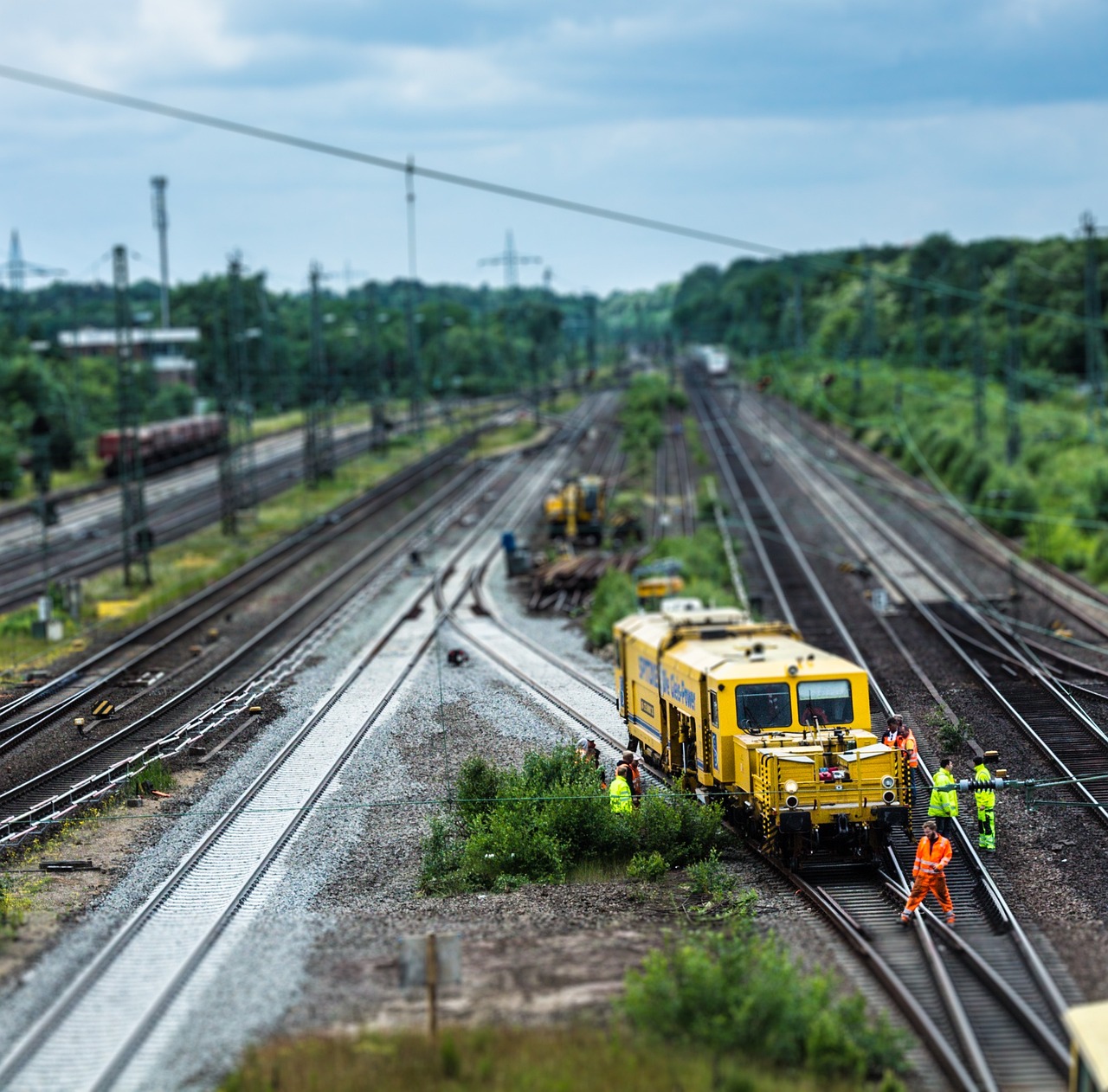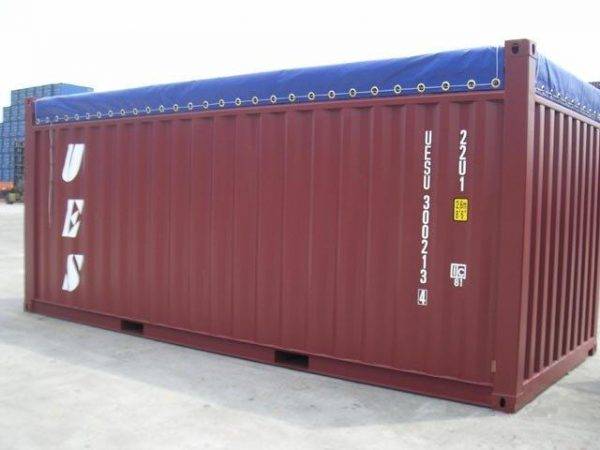The Impact of Automation on Business Warehousing
Automation in business warehousing offers numerous advantages to companies seeking to streamline their operations and improve efficiency. One key benefit is increased accuracy in inventory management, as automated systems can track stock levels in real-time and minimize errors traditionally associated with manual data entry. This leads to reduced stockouts and overstock, ultimately enhancing customer satisfaction and optimizing supply chain processes.
Furthermore, automation in warehousing enhances worker safety by reducing the need for employees to engage in physically strenuous tasks. By delegating repetitive and potentially hazardous tasks to machines, companies can create a safer work environment and lower the risk of workplace injuries. This not only improves employee morale and retention but also contributes to overall cost savings associated with worker compensation and lost productivity due to accidents.
Challenges Faced in Implementing Automation in Warehousing
One significant challenge in implementing automation in warehousing is the initial investment required. The cost of purchasing, installing, and maintaining automated systems can be substantial, especially for small to medium-sized businesses. This financial burden often deters companies from taking the leap towards automation, despite the long-term benefits it may offer in terms of efficiency and productivity.
Another obstacle in the path of implementing automation in warehousing is the resistance from employees. Some workers may fear losing their jobs to machines or worry about their ability to adapt to new technologies. Overcoming this resistance through proper training, communication, and showcasing the positive impact automation can have on their work processes is crucial for successful implementation.
What are some benefits of implementing automation in business warehousing?
Some benefits of automation in business warehousing include increased efficiency, improved accuracy, reduced labor costs, faster order fulfillment, and better inventory management.
What are some of the main challenges faced in implementing automation in warehousing?
Some of the main challenges include high initial investment costs, integration with existing systems, employee resistance to change, potential job displacement, and the need for ongoing maintenance and upgrades.
How can businesses overcome the challenges of implementing automation in warehousing?
Businesses can overcome these challenges by carefully planning the implementation process, investing in employee training and education, seeking expert advice from automation providers, and continuously evaluating and adjusting the automation systems to meet changing business needs.






